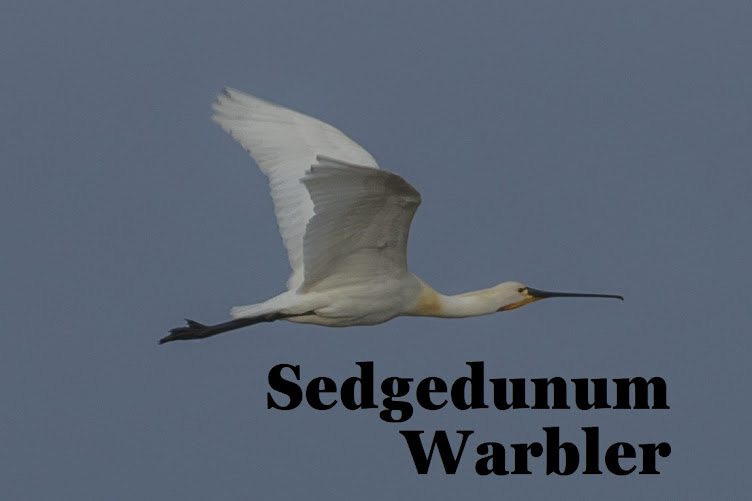I left to go to Thornley Woodlands hide to meet Simon from Durham, a guy i had met a few weeks earlier and had arranged to team up with to do some mainly Odonata photography. This meeting had already been put on hold a couple of times and conditions weren't the best so after a brief, almost birdless spell in the "bird" hide we left to see what the clearing pond had in store. I wasn't very hopeful as there was a slight chill in the gusty wind and the sun wasn't much in evidence. At the pond however the wind wasn't too bad and we had 2 female Southern Hawkers ovipositing and a little later a male made a brief appearance. Our views were good but too brief to be honest and a few times had to rely on a pair of Speckled Wood butterflies battling for supremacy of a patch of the woods which included long bouts of spiralling. It was a fierce encountered i reckon by butterfly standards and could not pick a winner. Kibblesworth had been our destination of choice but we decided not to bother and took a walk along the River Derwent, first in the direction of Clockburn Pond (nothing much seen, except people) then back along to the weir and bridge on the way to Swalwell Visitors Centre. No hoped for Sand Martins by the shingle island but we did get a much expected Dipper and a lone female Goosander under the bridge. That was it while i was out with Simon and as the weather wasn't going to improve i suggested we curtailed our meeting so as to watch a bit of footy. After Simon had left i decided to return to Shibdon as i hadn'y been out much recently and the football could be watched another time. I did miss 10 goals but i did bump into and have a good craic with Morgan, whose images i've seen before on birdguides, and shared views of a Sparrowhawk that set up shop in a tree at the edge of the pond for a good 10 minutes. The light was at a premium all day so photographic opportunies were limited even though the birds came reasonably close at Shibdon. Below is the only image worth showing here, and guess what ? IT'S A DRAGONFLY !!!!!!!!!!!!!!!!!!!!!!!!
 |
| Female Southern Hawker having a break from ovipositing and taking in the rays on the odd occasion the sun managed to break through. |

























